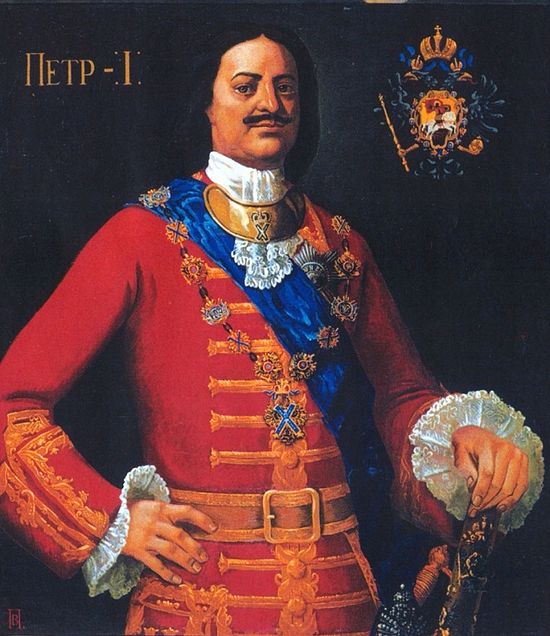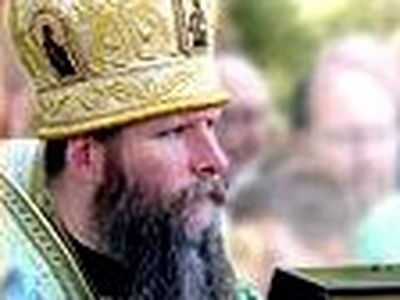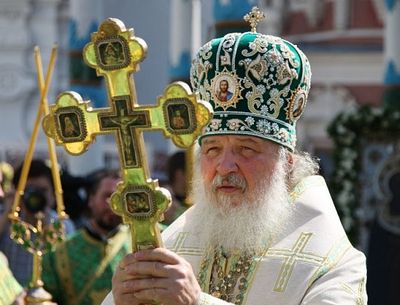Source: Royal Russia
November 2, 2015
On September 10 (O.S. August 30 ), 1721 Russia and Sweden concluded the Treaty of Nystad ending the Northern war that had lasted for 21 years. Russia had obtained access to the Baltic Sea, and annexed the territory of Ingria, a part of Karelia, Estland and Levonia. To mark the occasion the Senate and Synod decided to present Peter with the title of the All-Russian Emperor with the following wording: “as usually the Senate of Rome presented its emperors with such titles in public for their excellent deeds and written down on the statutes for the entire memory”.
On November 2 (O.S. October 22), 1721 in the Trinity Cathedral of St.-Petersburg there was held a mass and after that the text of the treaty with Sweden had been read aloud. Theophan Prokopovich served a sermon describing all the eminent deeds of the tsar that allow him to be name the Pater Patriae, the Emperor and the Great. After that the senators came up to the tsar. The chancellor count G.I. Golovkin addressed Peter asking him to accept the title of the Pater Patriae, Peter the Great, the All-Russian Emperor. To the volley of hundreds of guns from the Admiralty Board, the Peter and Paul fortress and 125 galleys brought into Neva River Peter accepted the new title. According to a witness “everything seemed to be enveloped in flames and one could think that the earth and the sky were about to go to ruin”. Russia was now an empire.
The assumption of the imperial title had resulted in important changes in Russia’s international position. The first countries to recognize the new title of the Russian tsar were Prussia and Holland, then came Sweden (1723), Turkey (1739), the United Kingdom and Austria (1742), France and Spain (1745), the Polish-Lithuanian Commonwealth (1764). These acknowledgements of the imperial title of the Russian monarch meant the acknowledgement of the fact that Russia played a leading role in the world politics of the time.




